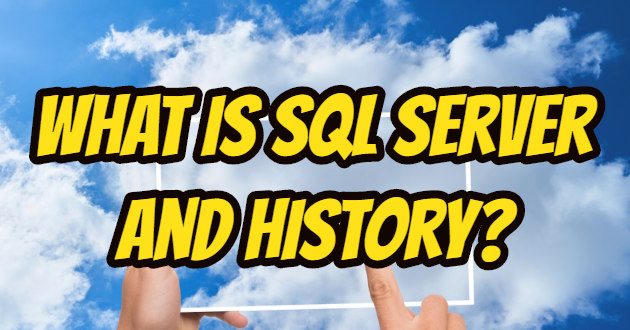Every company that has an online working entity uses some kind of database to store data. SQL(Structured Query Language) servers are one of the most widely used tools to deploy and maintain such databases.
What is a SQL server?
SQL(Structured Query Language) servers are synonymous with the concept of relational databases. Relational Database software constitutes 7 of the 10 most commonly used database management (DBMS) systems according to DB-Engines.
When people say “SQL server”, they don’t always think or want a real physical server. Often professionals use this term to refer to the database rather than the computer server that provided it.
Today, SQL servers are used by both companies and small businesses. They offer effective ways to store information and have been around long enough to enter almost any industry.
SQL history
Structured Query Language (SQL) is a domain-specific language used to manage and retrieve information stored in a relational database. The language was first seen almost 50 years ago when IBM employees learned the benefits of using a relational model to store information.
As a language, SQL is divided into items such as items, expressions, queries, and expressions. These items are different structural components that help users determine actions and specific data values to interact with.
Language has gradually become standard since its invention and is widely used in businesses and industries, regardless of size. One reason it is widely used is the belief that SQL is more intuitive than other query languages, especially because of its consistency with the spoken language.

Traditional relational databases
Relational databases were among the first database systems available and available today. The first commercially available relational database was System / R, developed by IBM and launched in 1978. It was later replaced by a series of IBM relational database offerings, primarily IBM Db2.
SQL databases and relational databases store information to be transmitted through online applications. Developers often use a relational database as the backend of an application. The data is stored in the database and integrated with front-end customers who request information.
However, they can be used for various purposes. Companies can use relational databases to store and analyze business data, user information, or almost any type of data that requires a private repository.
Hybrid SQL databases
Relational databases have historically been very important for business transactions. In recent years, however, companies have started using mixed SQL / NoSQL databases to add additional functionality and storage capabilities.
These NoSQL databases allow users to store and retrieve information stored in various forms that do not use key-value stores to organize and define data. Common hybrid database systems combine relational database technology with object-oriented database software, document database software, and graphic database software products.
Object-oriented databases are database object files that contain various details about grouped information rather than individual, independent data points. An object file contains metadata, identifiers, and datasets in a single set.
Document and graphic databases are relatively intuitive concepts and basically do what their names indicate. Document databases store information in documents and retain their ability to edit, update, or delete information. Graphic databases use topographic models to store data and connect relevant data points to create nodes (information) and edges (related datasets).
The best SQL Servers and relational databases:
Microsoft SQL
Microsoft SQL Server is the most frequently used relational database worldwide. The product supports the most common Windows and Linux operating systems.
Some standard features in the current version of SQL Server include reference integrity, fine-grained locking, and multi-centre concurrency control. It also supports access via both SQL queries and graphical user interfaces. Its most prominent features are query language support, availability and stability.
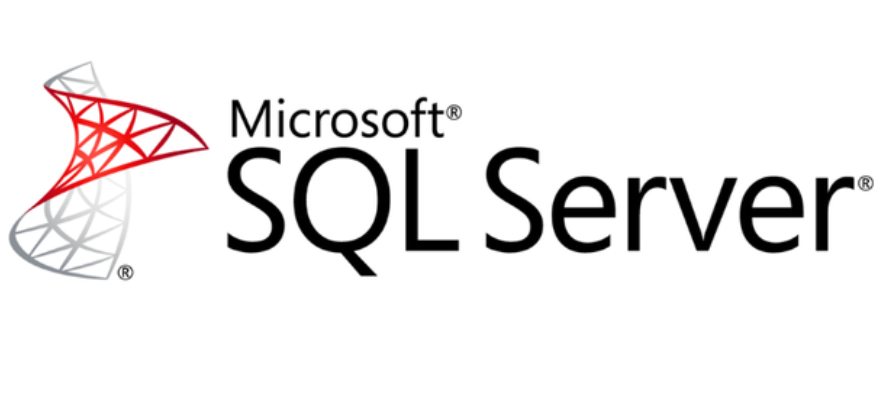
MySQL
MySQL is a cross-platform, open-source relational database released in 1995. MySQL was purchased by Sun Microsystems, now Oracle Corporation.
MySQL has an open-source version and a commercial enterprise version. The enterprise edition includes several extensions and add-ons that provide additional functionality. The most prominent features of the product are its availability, query language support and storage capacity.
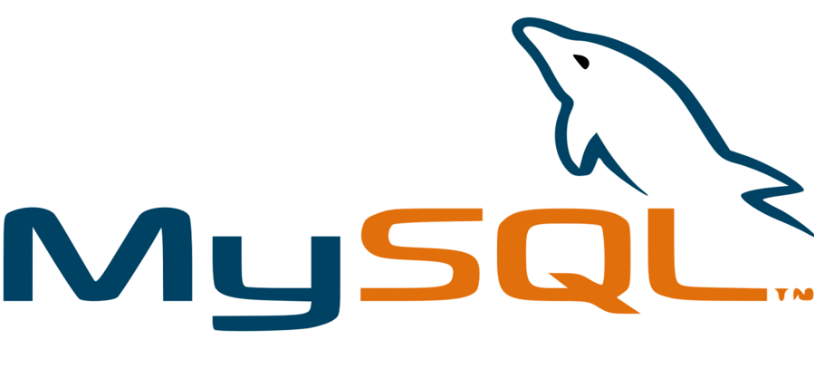
Oracle Database 12c
Oracle’s relational database is the most popular database of any type listed in DB-Engines. However, Oracle DB is only the third most popular and highest third product in our relational database category. Oracle DB is currently in version 12 after periodic updates have been made since the original 1979 release.
The product supports Windows, macOS and Linux operating systems. Oracle Database 12c includes data and server management automation and special Oracle tools for security, management, reporting and analytics.
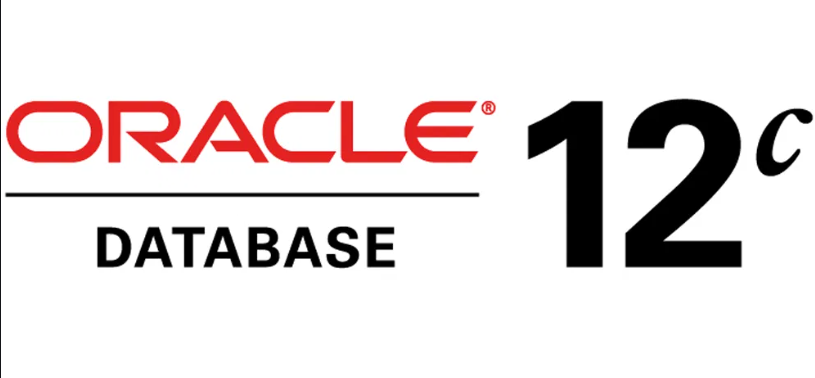
Amazon Relational Database Service (AWS RDS)
Amazon RDS is a cloud-based relational database designed for fast setup and simple scaling. It supports MySQL since 2009. Today, developers can use existing databases or create new relational databases using Amazon Aurora.
Amazon RDS features are centred around simple development and scaling. RDS includes tools for monitoring, security, and cloud budgeting. The most important features of the product include backup, storage and usability.
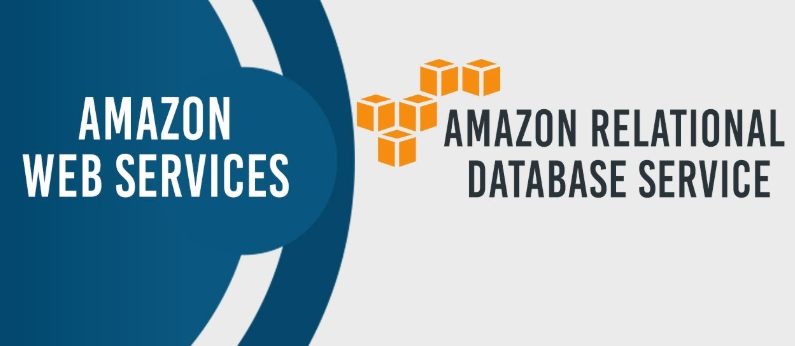
PostgreSQL
PostgreSQL is a widely used relational database system that supports Windows, macOS and many common Linux distributions. It was released in 1996 and offers ACID (Atomicity, Consistency, Isolation, Durability) compatibility and process functionality.
PostgreSQL offers tools for full-text search, subselection, general table expressions and embedded SQL implementation. Its highlights are usability, stability, and query language support.


